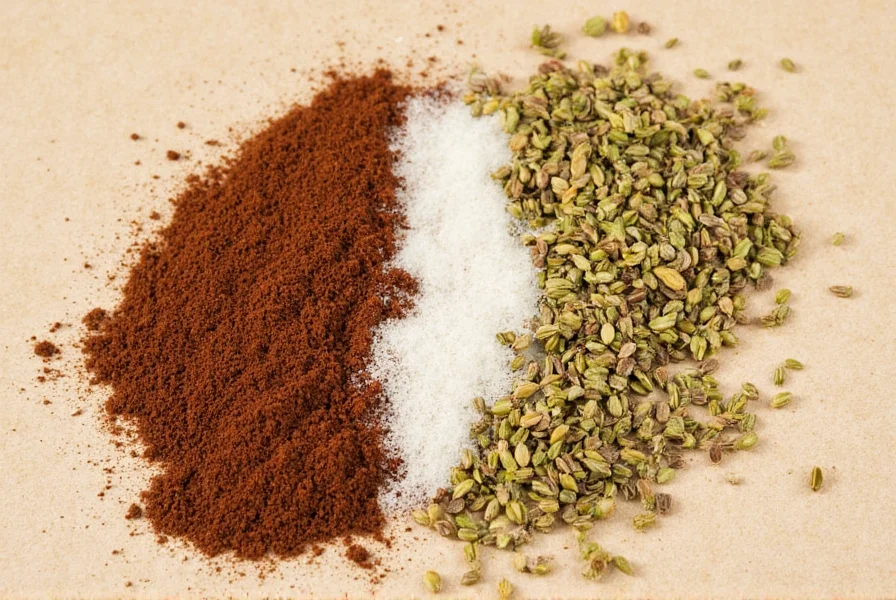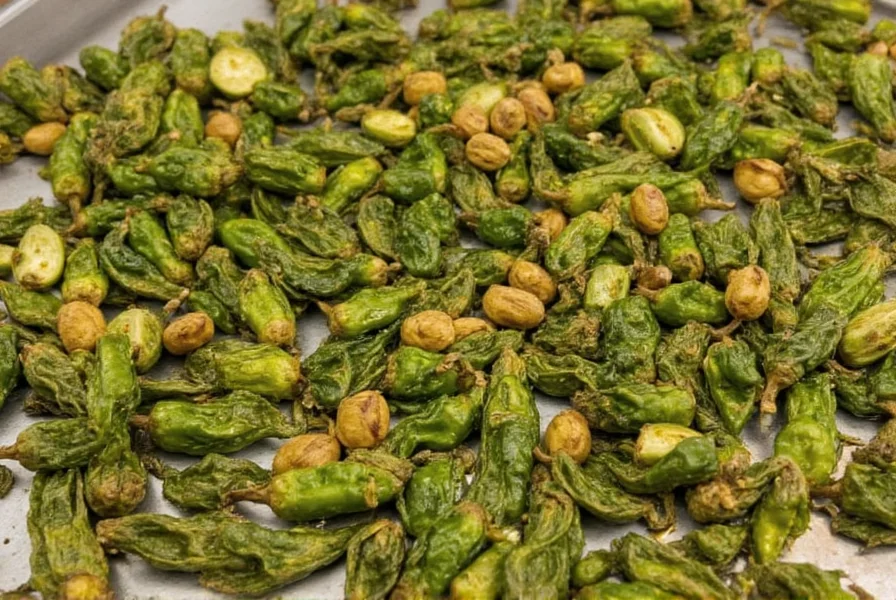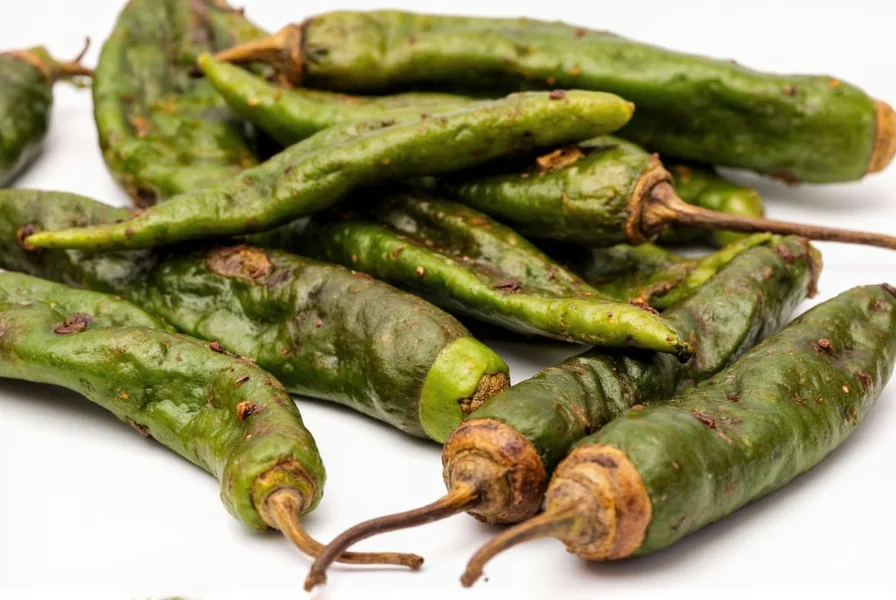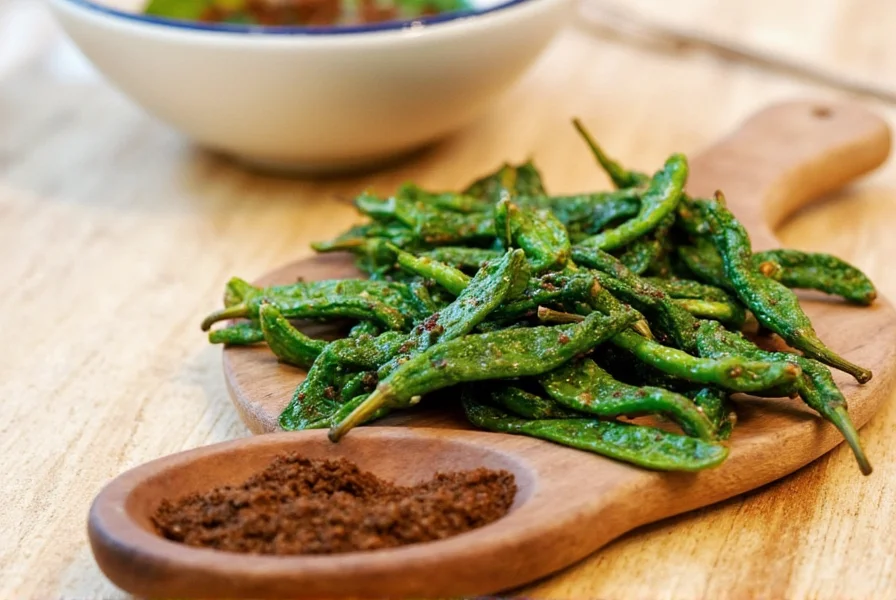Drying ancho poblano peppers is the best way to preserve their rich, smoky flavor and extend shelf life. This step-by-step guide covers the top methods (oven, air, dehydrator), storage tips, and creative uses for year-round cooking.
Whether you have a garden surplus or bought peppers on sale, drying them unlocks culinary potential while reducing waste. Below, you’ll find exact techniques to dry peppers safely and effectively.
| Method | Pros | Cons | Time Required | Recommended For |
|---|---|---|---|---|
| Air Drying | No equipment needed | Slow, weather-dependent | 7–14 days | Small batches, traditionalists |
| Oven Drying | Fast, easy | Energy-intensive, risk of over-drying | 6–8 hours | Quick turnaround needs |
| Dehydrator | Consistent results, energy-efficient | Requires purchase of equipment | 8–12 hours | Regular home chefs, batch processing |
How to Dry Ancho Poblano Peppers: Step-by-Step
- Wash and Pat Dry: Rinse peppers gently under cold water. Pat dry thoroughly to remove excess moisture.
- Remove Stems and Seeds (Optional): Leave intact for whole peppers or remove for grinding.
- Slice or Leave Whole: Slicing speeds drying; whole peppers retain visual appeal.
- Choose Your Drying Method: Follow specific instructions below for air, oven, or dehydrator techniques.
- Check Dryness: Peppers should snap cleanly when bent. If pliable, continue drying.
- Store Properly: Use airtight containers with silica gel packets in a cool, dark place.
Best Methods for Drying Ancho Poblano Peppers
Air Drying Tips
- Create a ristra (pepper garland) using string or twine for both function and flair.
- Hang in dry, well-ventilated areas away from direct sunlight (pantry shelves or above stove ideal).
- Ensure consistent airflow—avoid humid spaces like basements.
Oven Drying Tips
- Set oven to lowest setting (150°F / 65°C).
- Place peppers on wire racks over baking sheets for airflow.
- Check every hour—remove when brittle to prevent burning.
Dehydrator Method
- Use mesh trays for small pieces; rotate trays every 2-3 hours.
- Set temperature to 135°F (57°C) for optimal results.
- Test dryness after 8 hours—peppers should snap cleanly.

| Product | Features | Advantages | Best For |
|---|---|---|---|
| Excalibur 2900EB | Tray rotation system, adjustable thermostat, BPA-free plastic | Even drying, large capacity, durable | Home chefs who process multiple batches |
| SNKOR 6-Tier Food Dehydrator | Compact design, digital controls, quiet operation | Space-saving, precise temperature control | Urban kitchens, beginners |
| Tesco Premium Fruit and Veg Dehydrator | Simple setup, affordable, easy to clean | Good value, reliable performance | Budget-conscious users |
Storing Dried Ancho Poblano Peppers
- Airtight Containers: Mason jars or vacuum-sealed bags prevent moisture exposure.
- Dark Storage: Keep away from light to preserve color and oils (use opaque containers).
- Silica Gel Packets: Absorb residual moisture—add 1-2 packets per container.
- Label & Date: Track freshness; best quality within 1 year for peak flavor.

Creative Uses for Dried Ancho Poblano Peppers
- Mole Sauce Base: Rehydrate and blend with chocolate, nuts, and spices for authentic Mexican mole.
- Homemade Chili Powder: Toast and grind with cumin, garlic powder, and oregano for custom spice blends.
- Infused Oils or Vinegars: Add to olive oil or apple cider vinegar for complex dressings and marinades.
- Meat Rubs: Combine with smoked paprika, brown sugar, and salt for grilled meats.
- Pickled Chilies: Rehydrate in vinegar brine for tangy garnishes on tacos or sandwiches.
Pro Tip: Rehydrate dried peppers in hot water or broth for 20-30 minutes before use. Save the soaking liquid—it’s packed with flavor for sauces and soups.
How long do dried ancho poblano peppers last?
Properly dried and stored ancho poblano peppers maintain best quality for 1-2 years. In airtight containers with silica gel packets in cool, dark places, they remain safe for 3-4 years, though flavor gradually diminishes. For peak taste, use within 1 year.
Can I dry ancho poblano peppers in the microwave?
Not recommended. Microwaves heat unevenly, causing exterior burning while interiors stay moist. This increases mold risk during storage. Use oven, air, or dehydrator methods for consistent results.
What’s the difference between ancho and poblano peppers?
Ancho peppers are dried ripe poblano peppers. Fresh poblanos are green and mildly spicy; when dried after ripening to red, they become anchos with richer, sweeter, chocolate-like notes. The drying process transforms their flavor profile significantly.
How do I know when my dried ancho poblano peppers are ready?
Peppers are fully dry when they snap cleanly when bent (no flexibility), feel brittle, and have darkened in color. If any part feels leathery, continue drying—incomplete drying causes mold.
Can I use dried ancho poblano peppers in place of fresh ones?
Yes, but with adjustments. 1 dried ancho (rehydrated) equals 1 fresh poblano. Dried peppers have concentrated flavor, so reduce quantity by 25% in recipes. Always rehydrate before using in dishes requiring fresh pepper texture.
Why are my dried peppers molding?
Mold indicates insufficient drying or improper storage. Ensure peppers are completely brittle before storage. Store with silica gel packets in airtight containers away from humidity. Check containers monthly for moisture buildup.
Final Thoughts on Drying Ancho Poblano Peppers
Drying ancho poblano peppers transforms surplus produce into versatile, flavor-packed ingredients. With proper techniques, you’ll preserve their rich, smoky essence year-round while minimizing waste.
Remember: Safety first—ensure complete dryness before storage to prevent mold. For the best results, use a dehydrator or oven method for consistent temperature control.












 浙公网安备
33010002000092号
浙公网安备
33010002000092号 浙B2-20120091-4
浙B2-20120091-4